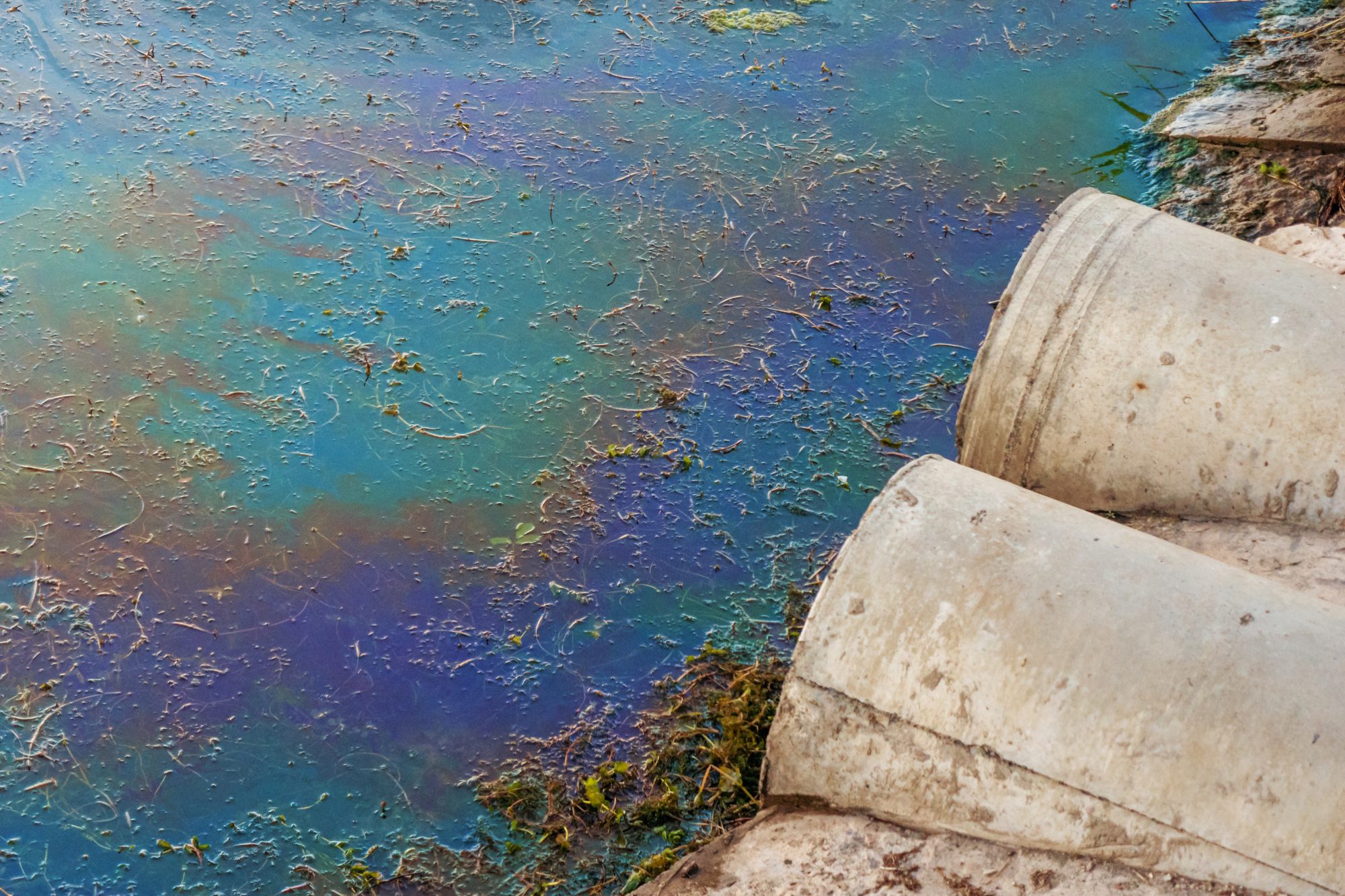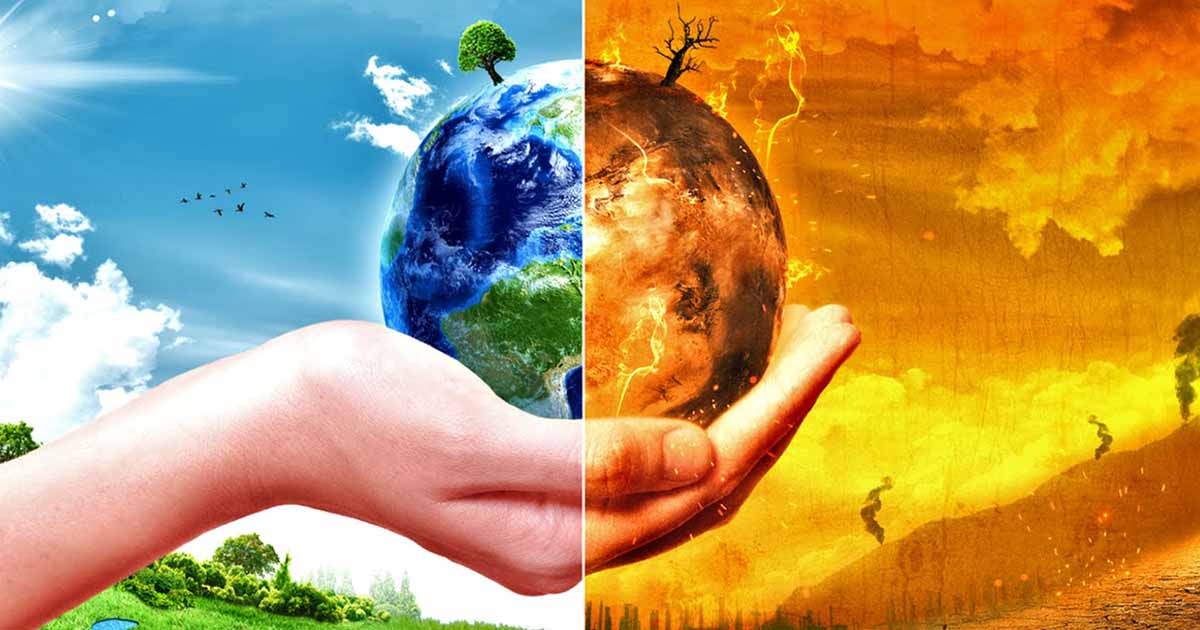
Some of the hottest temperatures ever recorded were from the early 2000s (2010, 2005, 2007, 2009, 2002, 2003, 2006, 2004, 2001 [decreasing order]). The only year outside of the 21st century that had a similar record was 1998. These measurements served as evidence that there was, in fact, an increase in the temperature trend. Many climate scientists presented their opinion and ideas about the drastic change. Some scientists claimed natural events cause an increase in global temperature. However, many scientists believe that global temperatures have been rising faster because of human activities like the following: burning of fossil fuels (Power Plants), deforestation, wastes, oil drilling, etc. Human Activities are a substantial factor in the increase of the temperature trend because, over the years, there is no denying that the human race has changed the environment in more ways than one. From the toxic chemicals that our factories mismanage, to the gases released by our vehicles, to cutting down mountains of forests, to deep-sea mining, we've changed Earth. With the good things we got from exploring and utilizing the resources from our environment, the consequences are undeniable. Below are two of the most discussed environmental concerns caused by humans and associated with Climate Change: Pollution and Industrial Wastes, and below that is a discussion about Overpopulation. Let's dive into it!
Pollution occurs when contaminants get introduced to the natural environment. Pollutants, pollution's components, adversely affect the surroundings. For instance, burning fossil fuels produce a dangerous amount of Carbon Dioxide. Even though this compound is already present in the Earth's atmosphere, too much of it traps a hazardous amount of heat that enters our planet. In the discussion about the Greenhouse Effect, you will see how too much Carbon Dioxide in the atmosphere is associated with Global Warming. Pollution can occur in chemical substances or energy, like heat, light, and noise. Some of the pollution's common categories include Water Pollution, Air Pollution, and Land Pollution. Sounds familiar? With each of their names, it isn't puzzling to understand what they mean. We will not dive into what each of them means; instead, we will focus on the two main things that cause them: Industrial Wastes and Overpopulation.
Industrial wastes are extensive contributors to different kinds of pollutions, whether water, air, or land. Various processes produce wastes like sludges, product residues, kiln dust, slags, and ashes. These toxic components are introduced to the environment—pollution. "Industrial waste contamination can occur whenever toxic byproducts find their way into the environment without proper processing and disposal. When dumped into the oceans or landfills, hazardous materials can release toxins into the environment, disrupting habitats and causing harm to wildlife and humans" (Atlanta Waste Management, Biohazardous Waste, Biomedical Waste, Industrial Waste, Toxic Byproducts, Waste Disposal, 2017). Toxic waste mismanagement has short-term and long-term effects. Water Pollution causes harm to marine life, and for years, it has become a prime reason for the loss of biodiversity, especially the life in Earth's oceans. The improper disposal of harmful chemicals in landfills causes the blockage of watersheds, soil contamination (land pollution), and air pollution.

This is a factory that directly disposes its wastes into an ocean. All the bodies of water in the planet play a huge role in keeping Earth's temperature normal (More on this at the Greenhouse Effect section). With toxic chemicals filling the oceans, marine life is also affected. Water pollution could kill off several organisms, create a contaminated food chain, result to the lack of potable water, and spread diseases. Many actions have been taken to close industrial factories that are not mindful of their wastes' environmental impacts; however, there are still too many of these factories. At present, many researchers are looking for alternative sources of power to lessen the the dependency on burning fossil fuels

This is a factory that emits an excessive amount of Carbon Dioxide. In the discussion about the Greenhouse Effect, we will learn more about the harm of too much CO2 in the atmosphere.
It isn't rocket science. If we think about it, human activities have a significant impact on Earth's climate, and over time, our population will not decrease—it's the other way around. With the increasing number of individuals, it is most likely that our impact today will worsen in the future. That is if we don't do anything about it. There's only one Earth, and there could be an infinite number of humans. Even though we won't all be on Earth simultaneously, we will leave a trace that will change the planet forever. Our wastes, the air we breathe and exhale, and the actions we choose to take knowing the Earth is as alive as it gets—and it's slowly dying, will affect the course of our planet's life. Overpopulation can not be solved in a snap of a finger (unless you're Thanos), but it is vital to know how much you can do to save the planet and how you can encourage others to do the same.
For instance, many people are working on reducing their carbon footprint. Right, I'll back up. What is a carbon footprint? "A carbon footprint is the total amount of greenhouse gases (including carbon dioxide and methane) that are generated by our actions" (The Nature Conservancy, 2021). You can think of it is as the gases we release and add up to the present greenhouse gases; this causes an imbalance. Some people apply the 3R's, while some change their diet to reduce their carbon footprint.
The Greenhouse effect is a natural process wherein the gases on Earth's atmosphere (greenhouse gases) trap the Sun's heat. It is an occurrence that makes life sustainable on Earth
because living organisms need this heat energy to survive. However, records of recent years show that the amount of each greenhouse gas has increased significantly. Because of this,
an alarming amount of heat gets trapped within the Earth's atmosphere; hence, Global Warming becomes the problem.
Let us take a closer look at greenhouse gases. There is 36%-72% of Water Vapor, 9%-26% Carbon Dioxide, 4%-9% Methane, 3%-7% Ozone, and 9%-18% of other gases like Nitrous Oxide comprise
the planet's atmospheric greenhouse. The planet's most abundant greenhouse is water vapor, which comes from bodies of water like oceans, rivers, streams, lakes, soil, and other living
things when they warm up. Toxic water means toxic water vapopr. Water evaporates into the atmosphere as the temperature rises, and fog, rain, mist, snow, clouds, ice, or gas are some of its most common forms. The second most
abundant atmospheric greenhouse is Carbon Dioxide. All living cells produce this waste product. When a deceased organism decays or burns, the carbon energy stored within it gets released.
Where does it go? It ends up back to where it came from—the planet. Plant organisms take in the Sun's energy to live. Since this is a cycle, it's been happening for billions of years.
After death, these organisms' carbon remains wound up at the bottom of the oceans or buried underneath soils. With heat and pressure, the carbon remains turn into coal, oil, and natural
gases—also known as fossil fuels. Burning off fossil fuels release an alarming amount of Carbon Dioxide because fossil fuels are essentially just ancient carbon contents. Earth's carbon
energy built up over millions of years, and much of this carbon has been released in the last few centuries as people continue burning fossil fuels.
With human activities, gases and chemicals constantly mix; hence, temperatures go up and down. Since about the 1900s, the mix of atmospheric greenhouse has changed. There is more Carbon
Dioxide at present. Carbon Dioxide traps more heat than water vapor, and Methane is known to absorb far more heat than Carbon Dioxide. Additionally, Carbon Dioxide stays in the atmosphere
the longest—it can last a hundred years or more. This simply means that out of all the greenhouse gases, CO2 gets stuck in the atmosphere the longest.
If we think about it, the carbon footprint of our ancestors from 100 years ago is still in our atmosphere. Now, that's taking "history will
always be with us" to a new level!
Since Carbon Dioxide traps more heat and lasts longer than Water Vapor, its heating effect is twice as much as the latter. As we come to a full circle, it is understandable why many
scientists claim that humans cause the Carbon Dioxide build-up. Data suggests the Earth warmed up as soon as the human race started burning large quantities of fossil fuels. However, many
researchers still argue that natural events play a bigger role in changing Earth's climate. It makes sense that both natural events and humans affect the Climate; however, what matters is
we do something about it.

"Increase in Global Temperature" and "Rising temperature trend" are some of the phrases associated with Global Warming. In general, it
is defined as the increase in average ocean and land temperatures on our planet. According to Colligan (2012), the worldwide average
temperature has been going up by about 0.8°C since the mid-1800s—much of it after 1970. During this upward trend, hot, dry, wet, and windy
conditions have been dangerously unpredictable. With cold and warm periods that come and go, the warm extremes have come twice as often as
the cold extremes. Global warming is a real problem because the general increase of Earth's temperature serves as the evidence the climate change
is real. With the increase in Earth's temperatures, cases of melting glaciers, ice sheets, and ice shelves. Along with rising sea levels, wild storms,
wildfires, and record droughts is happening more often too. We know that Global Warming occurs because of the Greenhouse Effect wherein the natural heat
from the sun is trapped within our planet.
To know more about these two concepts, check out the video below: